Bison Range ready for season
May 25, 2023
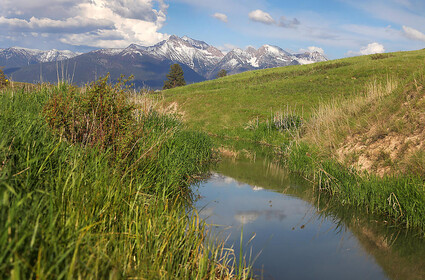
Ed Moreth
CLEAR DAY AT THE RANGE – Visitors of the Bison Range's opening weekend get the chance to see the majesty of the Mission Mountains.
Bison are the biggest mammal in North America, but sometimes a herd in the distance looks like little dark dots. A visitor's chances of getting a closer look at the mighty beasts became much better at the Confederated Salish and Kootenai Tribes Bison Range Friday when Red Sleep Mountain Drive was open for visitors.
The seasonal grand opening of the 19-mile long Red Sleep Mountain Drive nearly tripled the viewing possibilities at the range, which has three walking trails, including the mile-long High Point Trail located at an elevation of 4,700 feet, nearly the highest point on the refuge. Staff member Cody Neal said they had about 125 visitors on Friday and around 425 on Saturday. On Mother's Day Sunday, they had over 500 visitors, perhaps tripling last year's opening weekend numbers.
"I was just amazed at the sheer numbers that came out on the opening weekend," said Shannon Clairmont, the lead biologist at the Bison Range. Clairmont said the main portion of the herd of 330 bison was staying around the south end of the 18,766-acre refuge, although some have been in the vicinity of Mission Creek. He said the cows have already produced about 20 calves, but he added that they average 50-60 calves a year. Staff member Roxie Acevedo took photos of bison cows and newborn calves along the creek. Visitors saw several lone bulls along Red Sleep Mountain Drive and Prairie Drive, but periodically a bison can be found along the half-mile West Loop near the visitor's center. Clairmont said the herd is in good health. They had a few rut-related deaths last year, but in all the bison are doing really well, he said.
"The Bison Range is a place to see many of the native Montana wildlife species," said Clairmont, a biologist for more than 22 years. "People are able to get close to wild animals that are to some point used to people from the public being in very close proximity to them. I do like to stress, just because they let you get close doesn't mean they are tame/domestic," said Clairmont, who added that people should not try to touch or pet any of the animals at any time.
Bison, also known as the American buffalo, are the main attraction at the 115-year-old refuge. In 2016, the bison was named the national mammal of the United States. The Confederated Salish and Kootenai Tribes will be getting a special bison in the near future. Stephanie Gillin, the information and education project manager, said that a preserved white bison named "Big Medicine" will be returning to the refuge where he was born. It is presently on display at the Montana Historical Society Museum in Helena. Gillin said that Big Medicine won't be transported to the refuge until a new visitor's center is built at the top of Ravalli Hill. Because of its fragile condition, the Tribal Council believes it's best to have him moved only once.
The present visitor's center, which had major renovations done last year, has a life-size mount of a 2,000-pound bull on display. The center provides information of the wildlife at the refuge and tells the history of the Native peoples of the area, along with large historic photographs of Chief Alexander, Chief Charlo and Kustata Big Knife, who were influential chiefs of the area.
The maintenance staff spent several weeks replacing rusted cattle guards and grading the roads in preparation of the seasonal opening. Clairmont said that it took the maintenance staff longer this year due to the snow pack, but they had the roads done before the opening of Red Sleep Mountain Drive. Tribal Roads Department replaced a crushed culvert that was causing a large dip in the entrance road leading to the Visitor's Center.
"In the following years we are going to be working on some pretty large projects on the range. These will include helicopter invasive weed spraying, grassland restoration/replanting, antelope herd supplemental augmentation, timber/fuels reduction on encroached timberlands, and several university/college based research projects," said Clairmont. He also noted they are teaming up with the University of Montana's Montana Climate Office to build a weather station in an effort to provide live updates on precipitation, winds, temperature, ground moisture and weather trends. "This will enable both science-based and agricultural producers to have needed knowledge on demand via dashboard application,. This will be the only MesoNet station of this size and complexity on the west side of the Continental Divide in an ongoing effort to have stations to cover all of Montana," said Clairmont.
The majority of the Bison Range lies in Lake County on the Flathead Indian Reservation, but a small portion is in Sanders County. In 2020, it was transferred from the U.S. Fish & Wildlife Service back to the Confederated Salish & Kootenai Tribes. "The transfer has gone pretty smoothly over all. Everyone is pretty knowledgeable in their roles," said Clairmont, a staff member since December 2021.
Clairmont said bison aren't the only animals of interest at the range. They have an elk herd of about 130, although he expects that to increase this year. The refuge lost one of its more prominent bull elks last year when a poacher shot an old bull that USFWS staff members named "Harold." The case is still pending. Most of the elk hang out along Mission Creek, but sometimes they stroll into the grassy picnic area. Gillin reminds people that although they seem docile, they are wild animals and should be viewed from a safe distance.
"The antelope herd is at 13, but efforts are being made to supplement the herd with new genes, hoping to get up to 20-50 animals," said Clairmont, who added that the range also has black bears, bobcats, badgers, coyotes, mule and whitetail deer, mountain lions, and marmots. He said there have been sightings of grizzly bears and wolves. The refuge contains more than 200 species of birds, such as bald and golden eagles, hawks, red winged blackbirds, to name a few, and the yellow-headed blackbird, which hangs out in a marsh area along Mission Creek and has an unusual call.
The Bison Range summer hours are 7 a.m. to 8 p.m. The visitors center and gift shop is open 7 a.m. to 7 p.m. The cost of a daily pass is $20 per vehicle and $60 for an annual pass.
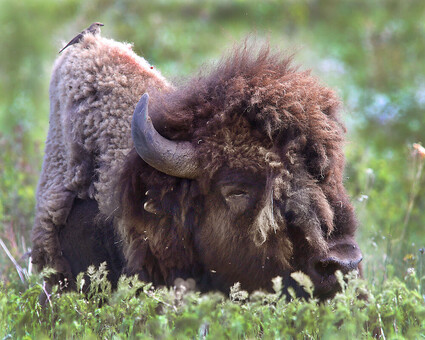
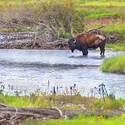
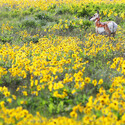
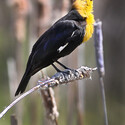
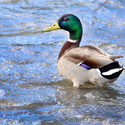
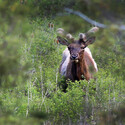
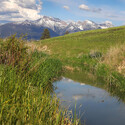
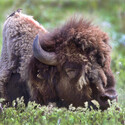





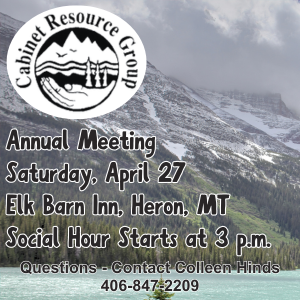


Reader Comments(0)